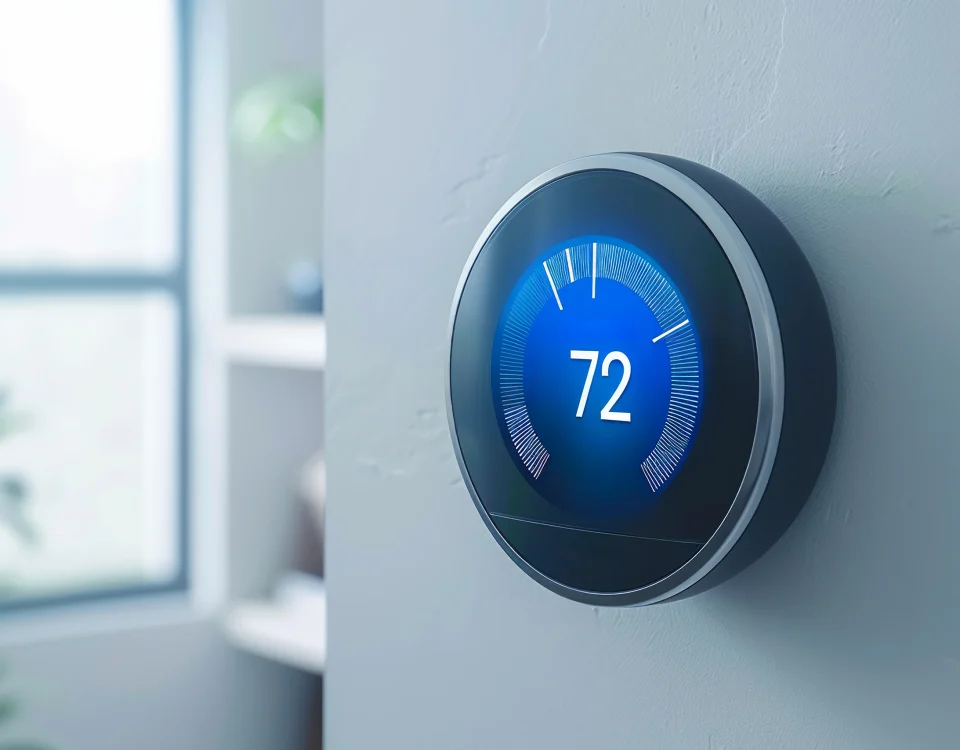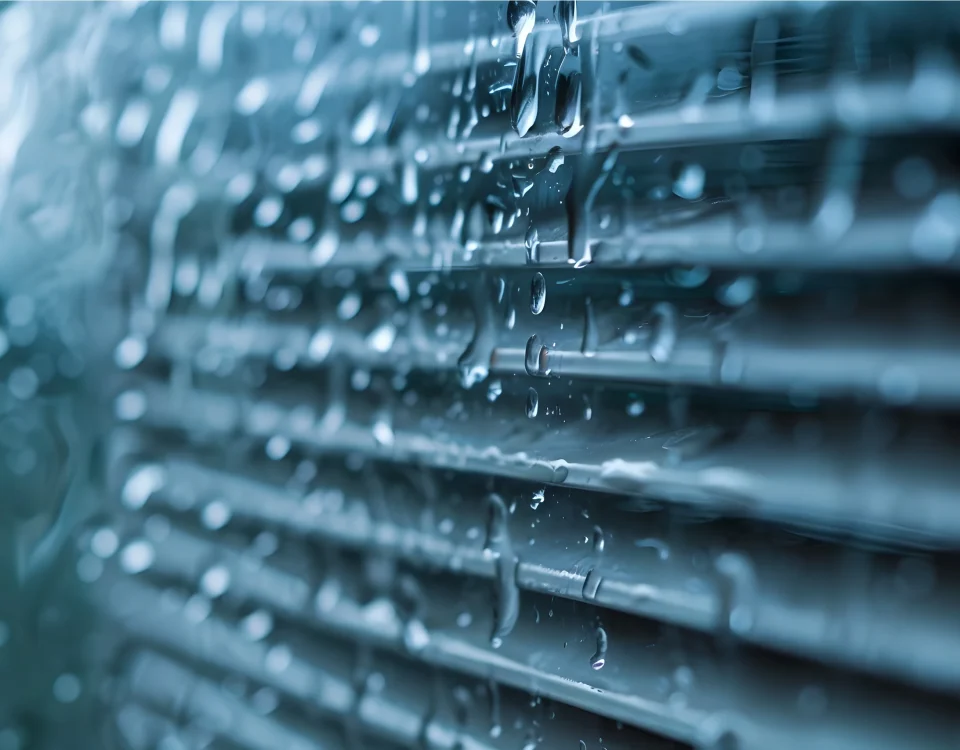Air Quality Treatment Products for Your Home or Business
We’ve decided to write this blog in reaction to an influx of calls requesting air quality treatment products for homes and businesses. In the wake of the COVID-19 pandemic, people are spending more time at home with their families and businesses are becoming more conscious of the transmission of potentially harmful bacteria and viruses within their organizations.
Although there is a lot of research and development invested into air quality products, they should be treated as a supplemented form of prevention and in no way should be considered as an alternative to the current measures in place to help prevent the spread of pathogens and viruses.
This post is strictly meant to educate and provide insight into some of the claims that manufacturers and air quality treatment companies are making with respect to bacteria and virus remediation.
There are many products out there that can help with the quality of the air in your home or business. Here are some of the most common ones:
Filtration
When we talk about filtration, we are referring to a media-type device that restricts airflow over the filtration medium that then stops particulates from passing through.
A filter’s MERV rating determines how effective the filtration media is at capturing particulates. The current standard for residential new construction is MERV 11.
The chart below outlines the effectiveness of MERV rated filters and filtration devices.

MERV Rating Chart with application comparisons *Note – the pm size designations listed should be in uM or microns. Source: http://www.radontestingdallas.com
Exfiltration/Ventilation
Heat recovery or energy recovery ventilators are an effective way to expel air from your home or business and replace the stale exhaust air with fresh, outdoor air.
Most air exchangers come with washable filters to prevent outdoor contaminants from entering the building, in addition to injecting the fresh air downstream of a building’s filtration or air purifying system.
A heat recovery ventilator will exchange the temperature of the stale exhaust with the incoming fresh air stream while an energy recovery ventilator will exchange both temperature and humidity.
Check out this quick video from Venmar outlining how an air exchanger can help make your home more comfortable.
UV Air Treatment
Treating your building’s air envelope and surfaces with UV Light technology has been used in the food and healthcare industry for many years. This technology has been studied scientifically, and has been proven to kill and neutralize harmful bacteria and germs in a controlled setting.
It’s important to note that while this research proves that the technology is effective, not all household products out there have been tested to these standards. Consumers must be made aware that some manufacturers could potentially be making false and unfounded claims.
The type of UV Radiation that we are interested in when it comes to treating air and surfaces is the band spectrum UV-C, which eliminates certain types of pathogens and viruses and neutralizes harmful bacteria. It has been proven effective at eliminating pathogens such as Staphylococcus, Streptococcus, Enterococcus, Pseudomonas, Pasteurella, Klebsiella, Acinetobacter and Enterobacteria.
The UV-C band has also been proven effective to neutralize odours and attack micro-organisms and chemicals that produce odours.
UV air purifiers are available in a wide array of specific applications and can be added to your home’s HVAC system or as a stand-alone system.
Source: http://www.sciencedirect.com
High-Efficiency Particulate Air (HEPA) Filtration
A HEPA filter is a type of filtration system that is effective at capturing particulates as small as 0.3 microns at an efficiency rate of 99.97%. To put that in perspective, a HEPA filter is capable of trapping particles that are about 300 times smaller than the diameter of a human hair.
There is also technology that incorporates both HEPA and UV technology into one whole home system.
This type of advanced air treatment system incorporates the following:
- A pre-filter (prevents large particles from entering the HEPA filter)
- HEPA filtration
- UVC germicidal lamps
- Photo-catalytic filter
- Carbon/potassium permanganate final filter (Helps remove VOCs and gasses to small for the HEPA filter)
These filtration systems can be installed in conjunction with your home’s HVAC duct system or as a standalone unit.
Humidification/Dehumidification
A very noticeable characteristic of your home or business’ air quality is humidity. Humidity can be measured by RH or Relative Humidity percentage and it’s recommended to keep your home between 40-50%.
Low Humidity
Typically, most buildings in the colder months tend to experience very dry conditions which can have some adverse effects. If the humidity drops below 40% in the winter, occupants may experience a dry or sore throat, a dry and/or bloody nasal cavity and also lung or breathing issues.
Your home’s wood finishes, flooring and furniture can also shrink or crack when moisture levels in your building are too low.
How to Address Low Humidity
A humidifier can help replace moisture in the air, with the most common types being a flow-through type or a steam type humidifier.
Flow-through humidifiers work by flowing water through a valve over a special type of humidifier pad that allows a portion of your home’s airflow to pass through it.
During this process, the air absorbs a portion of the moisture contained in the pad and then distributes it throughout your home’s air duct distribution system. The flow of water over the humidifier pad is controlled by a wall or duct mounted de-humidistat that detects the RH or Relative Humidity which measures and controls the humidity level in your home.
A steam humidifier achieves this same result and functions in a similar way, however, it utilizes a canister and element to heat water to the boiling point and injects steam into the air stream. This method is faster and utilizes much less water.
High Humidity
If the humidity level in the home is too high, in excess of 50%, there can also be some adverse effects on the building and occupants.
High humidity areas can support and promote mould growth and can often give a home or basement a musty or mouldy odour. Condensation can appear on windows and if you have older wood-framed windows, the moisture can cause rotting and deterioration of the framing.
How to Address High Humidity
Your home’s air conditioning, if installed correctly, can greatly reduce the RH in your home and help keep your home comfortable.
In most cases, if your building’s humidity level is kept in the 40-50% range the indoor temperature can actually be kept a couple of degrees warmer in the summer as the human body actually is able to perspire more efficiently which will make you feel cooler.
If de-humification is required and you do not have a central air conditioning system, there are stand-alone units that will provide the same function without the need for ductwork.
—
While all these methods of air quality treatment are equally effective, it is important that you are making the right decision for your home or business.
Crystal would like to remind you that none of these products will replace the current methods of disease and virus prevention that Health Canada and the Canadian Government are mandating. These are meant to be treated as supplemental methods to help with keeping a clean, safe and healthy environment for your family, friends and co-workers.
Best Regards and Stay Healthy,
By: Trevor Finn
Trevor Finn is the owner and president of Crystal Heating & Cooling. He has worked in the HVAC industry for almost 20 years.






